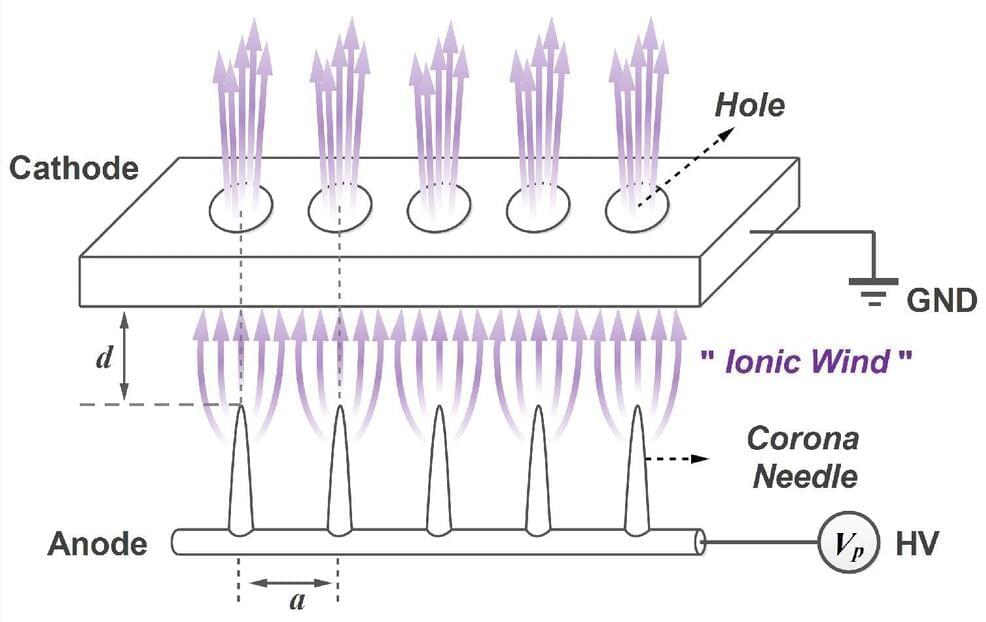A Mormon Transhumanist has trained a chatbot that was trained on his entire collection of writings, internet social media posts, and presentations.
I’ve merged with artificial intelligence. Well, I’m working on it. And I’m excited to share the results with you.
! Trained on everything that I’ve written publicly since 2000, he might be better at Mormon Transhumanism than I am.
Friends, I’m excited to introduce you to LincGPT! This artificial intelligence, built on the OpenAI platform, is designed to engage with you on topics related to technological evolution, postsecular religion, and Mormon Transhumanism. I’ve trained LincGPT on all of my public writings since the year 2000. That includes the following:


